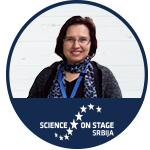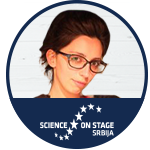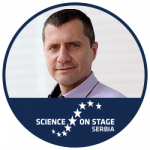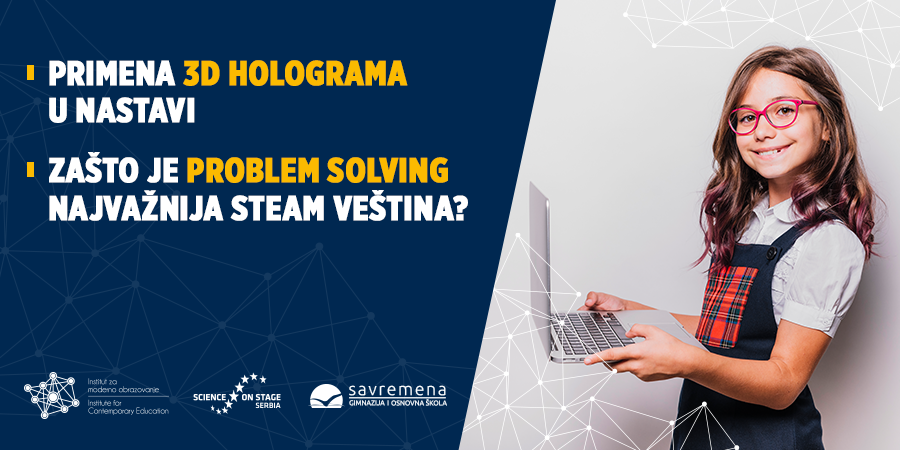Contemporary educational trends in STEAM education – Where is education headed?
Science on Stage Serbia and the Institute for Contemporary Education would like to invite all preschool teachers, class teachers, as well as teachers of general academic and vocational subjects both in primary and secondary school to join the eighth online lecture from the series Examples of the Best STEAM Teaching Practices in Serbia that will be held on October 22, 2020, starting at 5 PM on the unique Distance Learning Platform of ICE.
By attending the new webinar, you will have the opportunity to learn how 3D augmented reality has found applications in STEAM, and why problem solving is the most important STEAM skill from distinguished lecturers, and acquire an official inter-institutional certificate of professional development issued free of charge by the organizers of the webinar – Science on Stage Serbia and the Institute for Contemporary Education.
Lecture 1: Applying 3D hologram in education – Practical examples of making holograms in science classes in primary school
Slađana Jović, chemistry teacher and national ambassador of Science on Stage Serbia

Augmented reality is a technology that has found numerous applications in STEAM. 3D technology is just one of the forms of augmented reality. A hologram is an advanced form of photography that allows us to capture images in three dimensions. Using holograms in science classes, together with various modern technologies, such as mobile phones, tablets and computers is very motivating for students. Such activities may be organized for students of primary and secondary school alike, as well as students with learning disabilities.
Bojana Mitrićeski Anđelković, geography teacher and national ambassador of Science on Stage Serbia

Holographic technology is endlessly applicable – everything the human mind can imagine becomes an integral part of human societies and civilizations in the future. Holographic images may replace every other kind of image and presentation in all shapes and sizes, from the screens of mobile phones to large projectors. This presentation shows that holograms can be used to teach different STEM subjects with a single purpose – to improve practical and informal knowledge, as well as student skills.
Lecture 2: Why is problem solving the most important STEAM skill? – A combination of student-teacher cooperation, science and IT
Ivan Anić, teacher at ITS and member of the National Executive Board of Science on Stage Serbia

A problem-based teaching process engages students in multiple ways, because it requires them to use their cognitive capacities, creative and critical thinking, communication and team skills at the same time. Instead of rote learning of formulas, facts and dates, problem solving requires students to use their thinking skills to solve various open-ended problems. This lecture will explain why problem solving is crucial for education, and why it is a key skill for success in the 21st century. The concept of problem solving will be presented on practical examples and through the experience of organizing the largest problem solving and STEAM competition in this part of the world – Brainfinity.
Apart from hearing about the spectacular entrance of problem solving to Serbia, the lecturer will also announce upcoming problem solving events for students, teachers, parents, and schools.
Applications for free new lectures are open – learn about the emerging educational trends in STEAM education and why problem solving is the most important skill of the future
To follow the new STEAM online lectures, you need to register and secure your place on time. After the lecture, you will have the opportunity to talk with the lecturers via Google Meet.
Note: Members of the Institute for Contemporary Education can follow the webinar via their accounts, whereas non-members can watch it by clicking on the link enclosed in the application.
For more information, contact us at our email address: office@institut.edu.rs, sons@institut.edu.rs or by phone: 011/40-11-260.


 Srpski
Srpski





